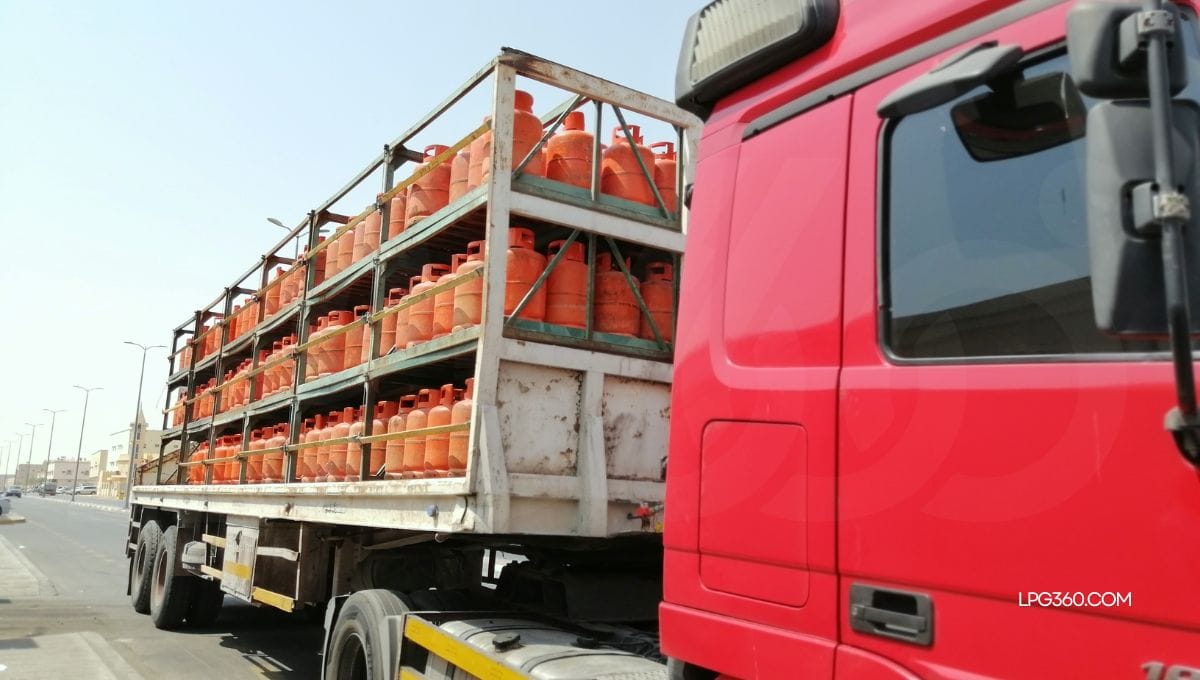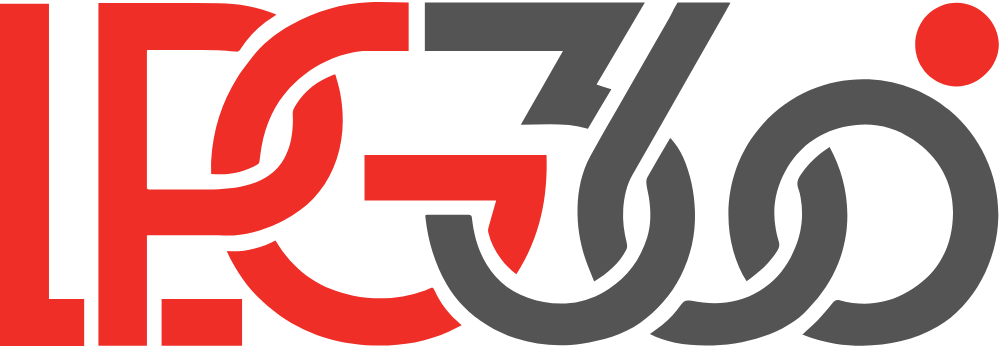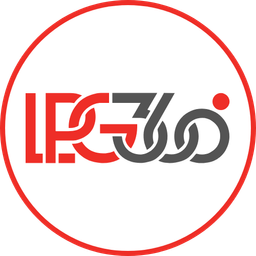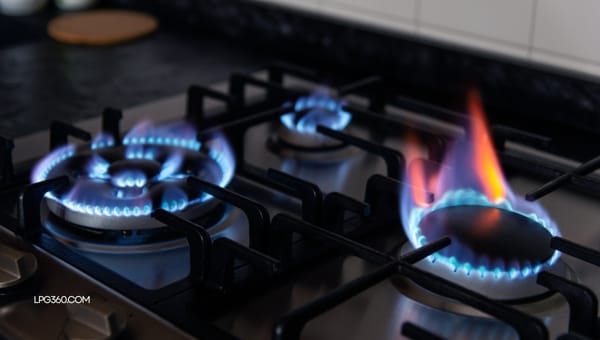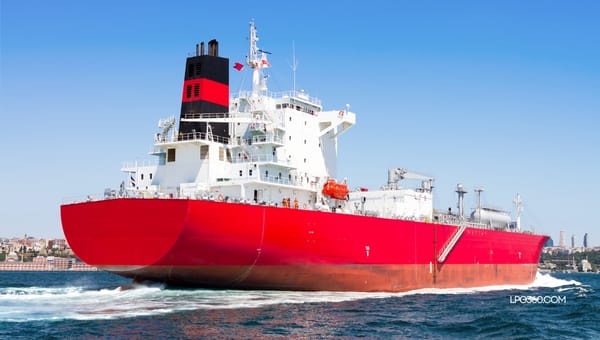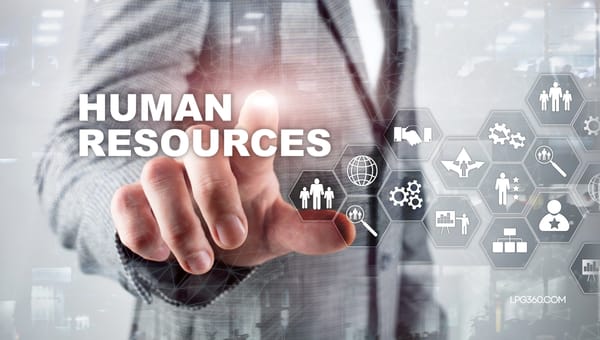Bottlenecks and Breakthroughs: Navigating LPG Distribution Challenges

Liquefied Petroleum Gas (LPG) stands as a crucial energy source, fueling households and industries globally. Yet, the path from production to consumption is often riddled with obstacles, creating significant bottlenecks in its distribution. This blog will delve into the challenges that plague the LPG distribution chain, explore the potential breakthroughs that can alleviate these issues, and provide an overview of the current landscape.
Introduction:
The efficient distribution of LPG is paramount to ensure its accessibility and affordability. However, the industry grapples with a complex web of logistical, infrastructural, and regulatory hurdles. These bottlenecks not only impede the smooth flow of LPG but also impact its potential as a clean and reliable energy solution.
Key Points of Bottlenecks:
- Infrastructure Deficiencies:
- Inadequate storage facilities and filling plants in many regions, especially developing nations, lead to supply shortages.
- Poor road networks and limited transportation infrastructure hinder the delivery of LPG to remote areas.
- Logistical Complexities:
- Coordinating the movement of a highly flammable substance requires stringent safety protocols and specialized vehicles.
- Managing the diverse stakeholders involved, from producers to retailers, poses a significant logistical challenge.
- Regulatory Hurdles:
- Inconsistent and complex regulatory frameworks create barriers to investment and efficient distribution.
- Lack of standardized safety regulations can compromise the integrity of the supply chain.
- Market Volatility:
- Fluctuations in global LPG prices and unpredictable market dynamics impact affordability and demand.
- The existence of informal markets can cause unpredicted disruptions.
- Safety Concerns:
- Lack of consumer education regarding safe LPG handling, and storage creates dangerous situations.
Overview of Potential Breakthroughs:
- Technological Advancements:
- Implementing GPS tracking and route optimization software can enhance delivery efficiency.
- Utilizing digital platforms for inventory management and communication can streamline operations.
- Infrastructure Investment:
- Investing in modern storage facilities and transportation networks can alleviate supply chain bottlenecks.
- Developing robust road infrastructure, particularly in rural areas, can improve accessibility.
- Regulatory Harmonization:
- Establishing standardized safety regulations and streamlining regulatory processes can create a more conducive environment for LPG distribution.
- Promoting transparent pricing policies.
- Sustainable Practices:
- Investing in cleaner transportation technologies, and optimized delivery routes to reduce emissions.
- Implementing sustainable storage and handling practices.
- Enhanced Stakeholder Collaboration:
- Creating better communication systems between all members of the LPG chain.
- Increasing public awareness campaigns.
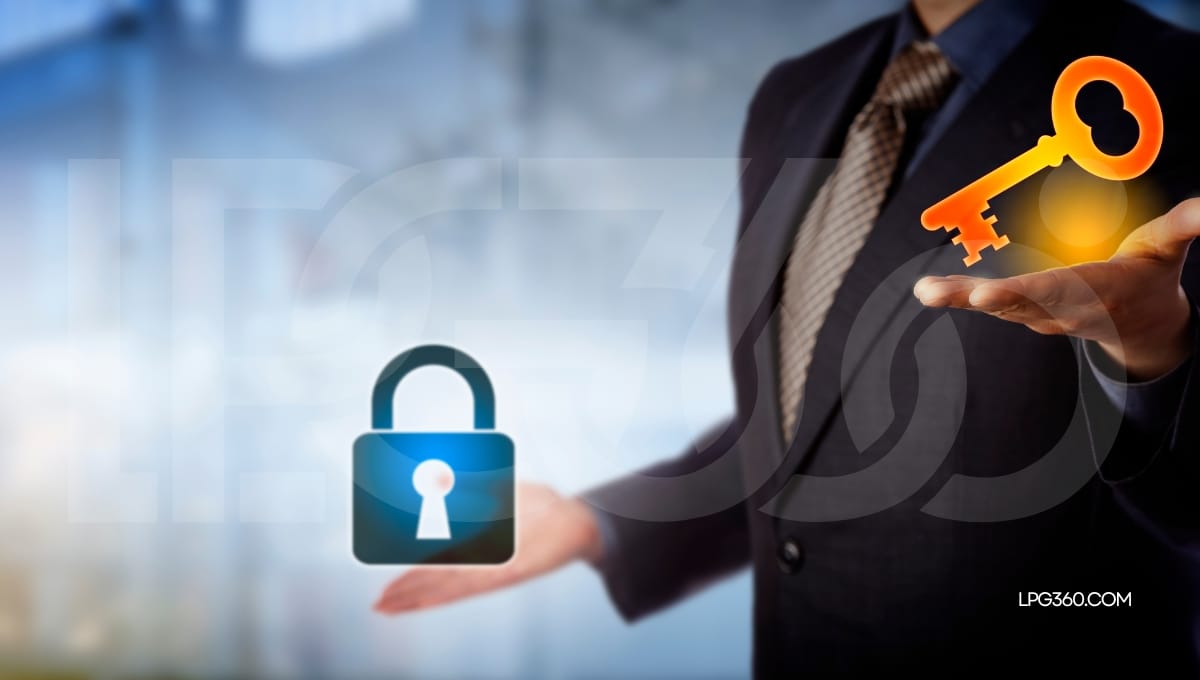
Conclusion:
Navigating the intricacies of LPG distribution requires a concerted effort to address the prevailing bottlenecks and embrace innovative solutions. By investing in modern infrastructure, leveraging technological advancements, and fostering regulatory harmonization, we can unlock the full potential of LPG as a clean and reliable energy source. Furthermore, by prioritizing safety, sustainability, and collaboration, we can ensure that the benefits of LPG reach all corners of the globe, powering progress and prosperity.
#LPG #LPG360 #LPGIndustry #LPGdistributor #LPGSolutions #LPGDistribution #Logistics #EnergyLogistics #SupplyChain #CleanEnergy #SustainableEnergy #GlobalEnergy #Bottlenecks #Breakthroughs #Innovation #MarketDynamics #LPGSafety #Collaboration #PublicAwareness
